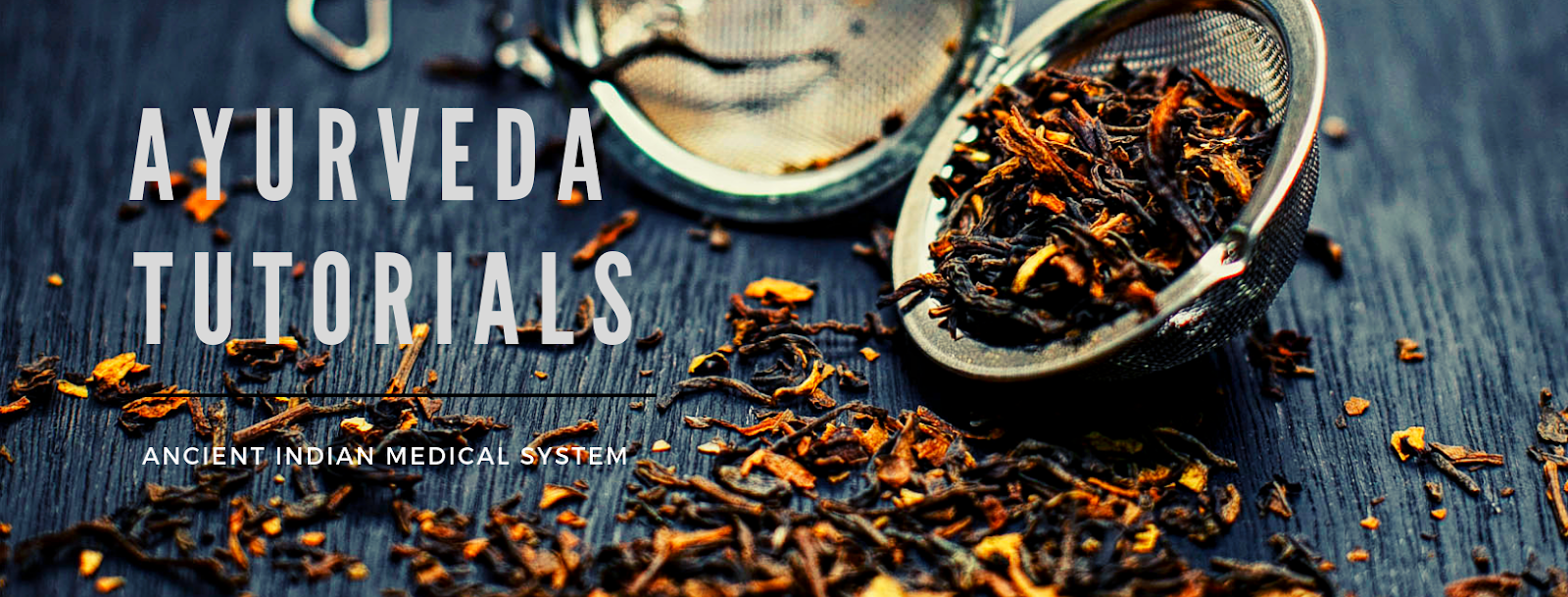Following
a proper seasonal regimen or Ritucharya is important part of
preventive medicine. As different seasons have natural effect on the
human body, Ayurveda recommends diet and lifestyle to follow to keep
the doshas, dhatus and agni in balance. Ritucharya is discussed in
all classics of Ayurveda.
Ayurvedic Tips For Summer:
During summer Pitta dosha increases in the body. The predominant elements are Fire and Air and that can easily lead to ulcers, acid reflux, diarrhea, inflammatory diseases and skin rashes.
Eating
sweet and cooling foods and staying hydrated is an essential practice
during this season. Agni (digestive fire) is naturally low during hot
weather so the appetite will be decreased. Foods which are light and
easy to digest should be eaten.
👌Coconut
water, cucumber, watermelon, fruits and fruit juices (not citrus),
wheat, rice, lentil, cow's milk, fresh buttermilk, mangoes, cherries, grapes, plums,
celery, green leafy vegetables, carrot, zucchini, sweet potato, green
beans, fennel, mint, cardamom, aloe vera juice, olive oil, sunflower
oil, coconut oil and ghee are advised.
👌Follow Pitta pacifying diet.
👌Follow Pitta pacifying diet.
👌It
is advised to take a nap during the daytime since the nights are
shorter during summer.
👌Take
baths with cold water.
👌Loose
and comfortable clothes in light colors should be worn.
👌Essential
oils that have a cooling effect such as peppermint, rose and sandal
may be used.
👌Applying
sandalwood paste all over the body helps to keep the body cool.
👎Avoid
salty, sour, hot and acidic food. Chilies, eggplant, onions, garlic,
yogurt, vinegar, heavy food, greasy and fried food should be avoided
or used in little quantity.
👎Coffee, alcohol, carbonated drinks and
smoking should be totally avoided since they trigger the dehydration
in the body.
👎Do
not drink ice cold drinks before, during or after meals.
👎During
this period avoid excessive physical exercise and over indulgence in
sexual activities as the body is already weak.
Author: Ayurveda Tutorials
Related articles:


No comments:
Post a Comment